How To Find The Right Camera?
Finding the right camera can be a daunting task, especially with the myriad of options available in the market today. Whether you are a professional photographer, a hobbyist, or someone who simply wants to capture high-quality images, selecting the right camera involves understanding your specific needs and matching them with the features and capabilities of different camera models. In this article, we will explore the key factors to consider when choosing a camera, helping you make an informed decision that aligns with your photography goals.
1. Determine Your Photography Goals
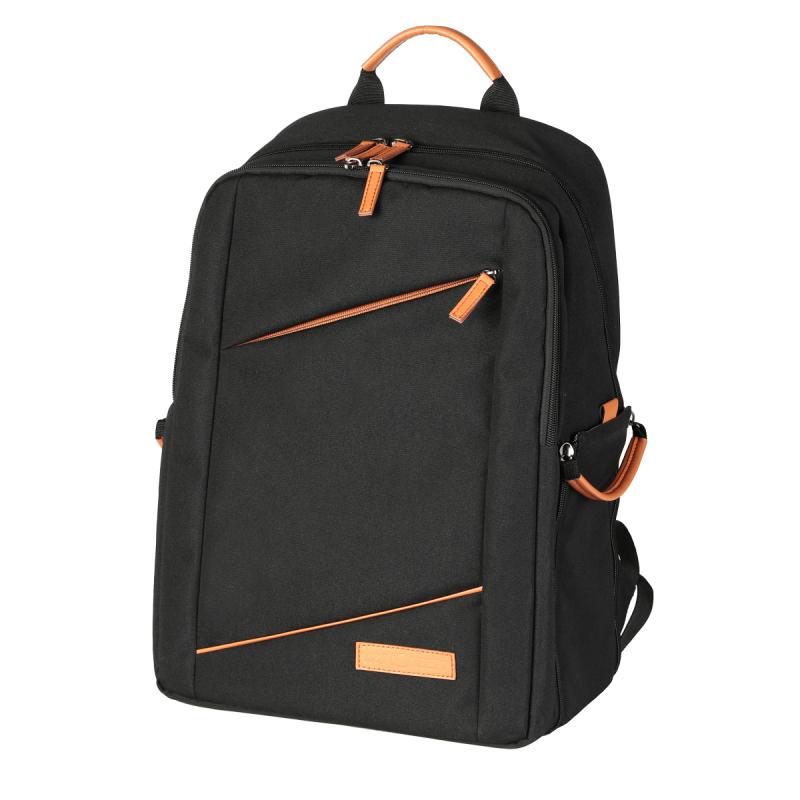
The first step in finding the right camera is to clearly define your photography goals. Ask yourself what you intend to use the camera for. Are you interested in landscape photography, portrait photography, sports photography, or perhaps videography? Your specific needs will significantly influence the type of camera that will be most suitable for you.
For instance, if you are into landscape photography, you might prioritize a camera with a high-resolution sensor and excellent dynamic range. On the other hand, if you are interested in sports photography, you would likely need a camera with fast autofocus and a high frame rate to capture fast-moving subjects.
2. Understand the Different Types of Cameras
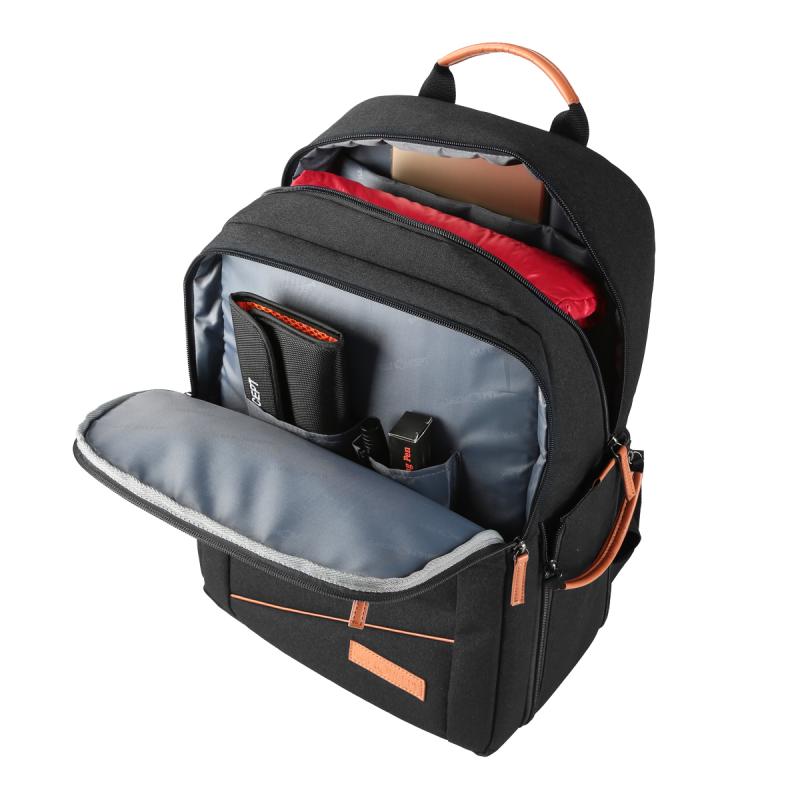
There are several types of cameras available, each with its own set of advantages and disadvantages. Understanding the differences between these types can help you narrow down your options.
- DSLR Cameras: Digital Single-Lens Reflex (DSLR) cameras are known for their versatility and image quality. They offer interchangeable lenses, optical viewfinders, and a wide range of manual controls. DSLRs are suitable for both beginners and professionals, but they tend to be bulkier and heavier compared to other types.
- Mirrorless Cameras: Mirrorless cameras have gained popularity in recent years due to their compact size and advanced features. They also offer interchangeable lenses and typically have faster autofocus systems compared to DSLRs. Mirrorless cameras are ideal for those who want a lightweight and portable option without compromising on image quality.
- Compact Cameras: Also known as point-and-shoot cameras, compact cameras are small, lightweight, and easy to use. They are perfect for casual photography and travel, but they generally have smaller sensors and fewer manual controls compared to DSLRs and mirrorless cameras.
- Action Cameras: Action cameras, such as the GoPro, are designed for capturing high-quality video and photos in extreme conditions. They are waterproof, shockproof, and often come with various mounting options. Action cameras are ideal for adventure enthusiasts and sports photographers.
- Smartphone Cameras: Modern smartphones come equipped with advanced camera systems that can rival dedicated cameras in certain situations. They are incredibly convenient and always with you, making them perfect for spontaneous photography. However, they may lack the manual controls and versatility of dedicated cameras.
3. Consider the Sensor Size
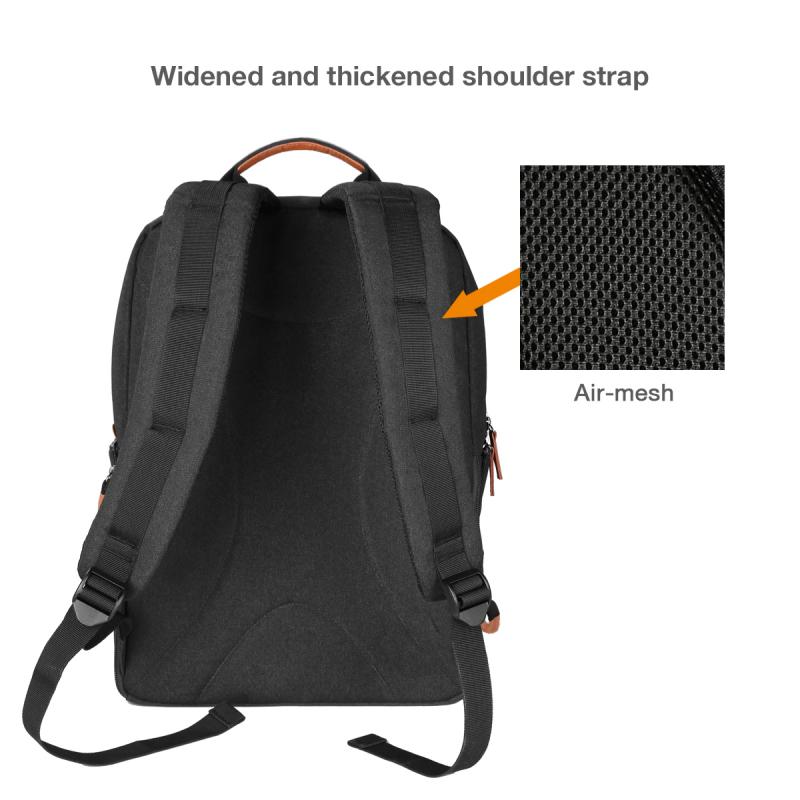
The sensor size is one of the most critical factors affecting image quality. Larger sensors generally produce better image quality, especially in low-light conditions. Here are the common sensor sizes you will encounter:
- Full-Frame Sensors: These sensors are the same size as a 35mm film frame and offer excellent image quality, dynamic range, and low-light performance. Full-frame cameras are typically found in high-end DSLRs and mirrorless cameras.
- APS-C Sensors: APS-C sensors are smaller than full-frame sensors but still offer good image quality. They are commonly found in mid-range DSLRs and mirrorless cameras. APS-C cameras are often more affordable and lighter than full-frame cameras.
- Micro Four Thirds Sensors: These sensors are smaller than APS-C sensors and are used in Micro Four Thirds cameras. They offer a good balance between image quality and portability, making them popular among travel photographers.
- 1-Inch Sensors: Found in some high-end compact cameras, 1-inch sensors are larger than typical compact camera sensors and offer better image quality. They are a good option for those who want a compact camera with improved performance.
4. Evaluate the Lens Options

The lens is just as important as the camera body when it comes to image quality and versatility. When choosing a camera, consider the availability and quality of lenses that are compatible with it. Interchangeable lens cameras, such as DSLRs and mirrorless cameras, offer a wide range of lenses to suit different photography styles.
For example, if you are interested in portrait photography, you might want a camera that offers high-quality prime lenses with wide apertures. If you are into wildlife photography, you would need a camera that supports telephoto lenses with long focal lengths.
5. Check the Autofocus System
A camera's autofocus system is crucial for capturing sharp images, especially when photographing moving subjects. Look for cameras with fast and accurate autofocus systems, particularly if you plan to shoot sports, wildlife, or action photography.
Mirrorless cameras often have advanced autofocus systems with features like eye detection and face detection, which can be beneficial for portrait photography. DSLRs also offer reliable autofocus performance, especially in higher-end models.
6. Consider the Build Quality and Ergonomics
The build quality and ergonomics of a camera can significantly impact your shooting experience. A well-built camera with a comfortable grip and intuitive controls will make it easier to handle and operate, especially during long shooting sessions.
Weather-sealed cameras are also worth considering if you plan to shoot in challenging conditions, such as rain or dust. These cameras are designed to withstand the elements and provide added durability.
7. Look at the Video Capabilities
If you are interested in videography, pay attention to the camera's video capabilities. Look for features such as 4K video recording, high frame rates, and advanced video codecs. Some cameras also offer in-body image stabilization, which can help produce smoother video footage.
Additionally, consider the availability of external microphone and headphone jacks, as well as the camera's ability to output clean HDMI for external recording.
8. Assess the Battery Life
Battery life is an important consideration, especially if you plan to shoot for extended periods or in remote locations where charging options are limited. DSLRs generally have longer battery life compared to mirrorless cameras, but advancements in mirrorless technology have led to improvements in battery performance.
9. Set a Budget
Cameras can vary significantly in price, so it's essential to set a budget before you start shopping. Determine how much you are willing to spend and look for cameras that offer the best value within your budget. Keep in mind that you may also need to budget for additional accessories, such as lenses, memory cards, and camera bags.
10. Read Reviews and Seek Recommendations
Finally, take the time to read reviews and seek recommendations from other photographers. Online reviews, forums, and photography communities can provide valuable insights into the performance and reliability of different camera models. Additionally, visiting a camera store and handling the cameras in person can help you get a feel for their build quality and ergonomics.
Finding the right camera involves a careful consideration of your photography goals, the types of cameras available, sensor size, lens options, autofocus system, build quality, video capabilities, battery life, budget, and user reviews. By taking the time to evaluate these factors, you can make an informed decision and choose a camera that meets your needs and enhances your photography experience. Whether you are a beginner or a seasoned professional, the right camera can help you capture stunning images and bring your creative vision to life.


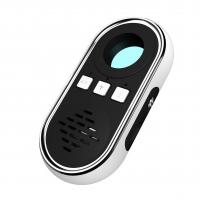
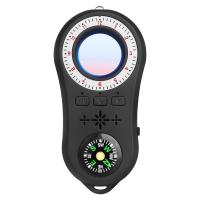

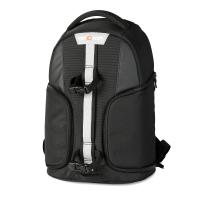
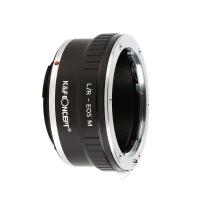
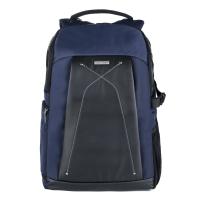

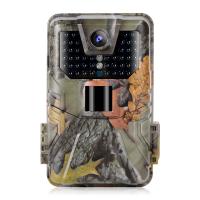
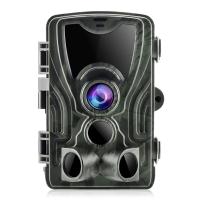

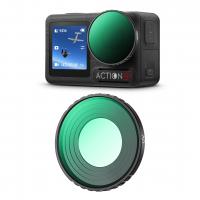

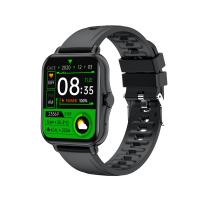
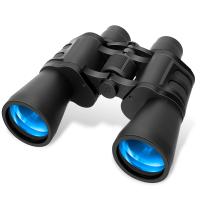
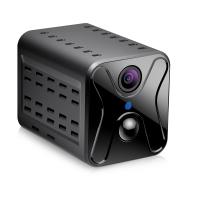


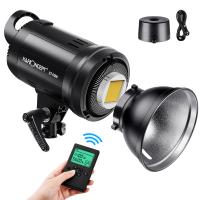
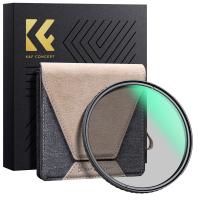
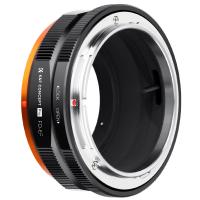




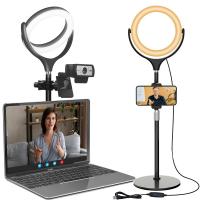
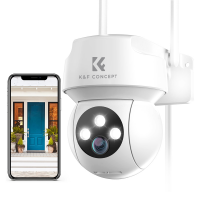

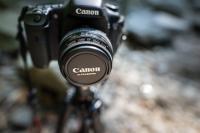
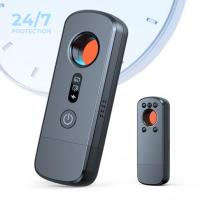
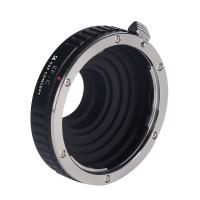
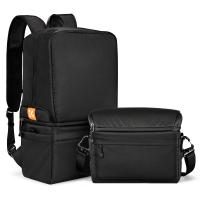
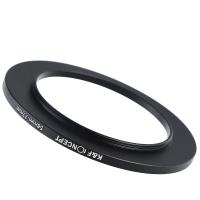


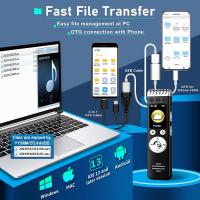
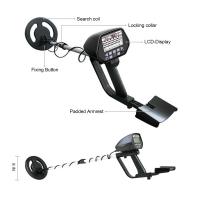
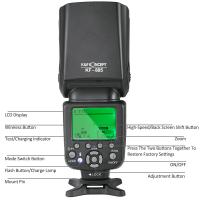

There are no comments for this blog.